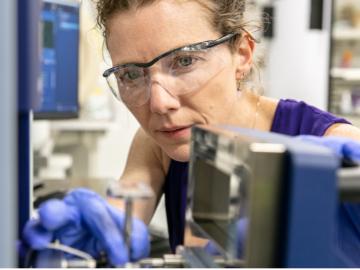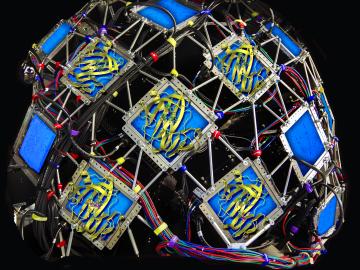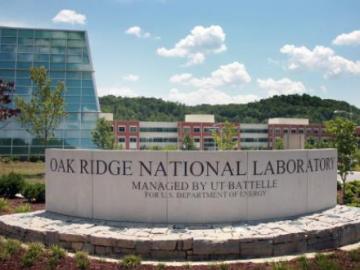
Spallation Neutron Source achieves another major milestone

ORNL biogeochemist Elizabeth Herndon is working with colleagues to investigate a piece of the puzzle that has received little attention thus far: the role of manganese in the carbon cycle.




The American Conference on Neutron Scattering returned to Knoxville this week, 12 years after its inaugural meeting there in 2002.


